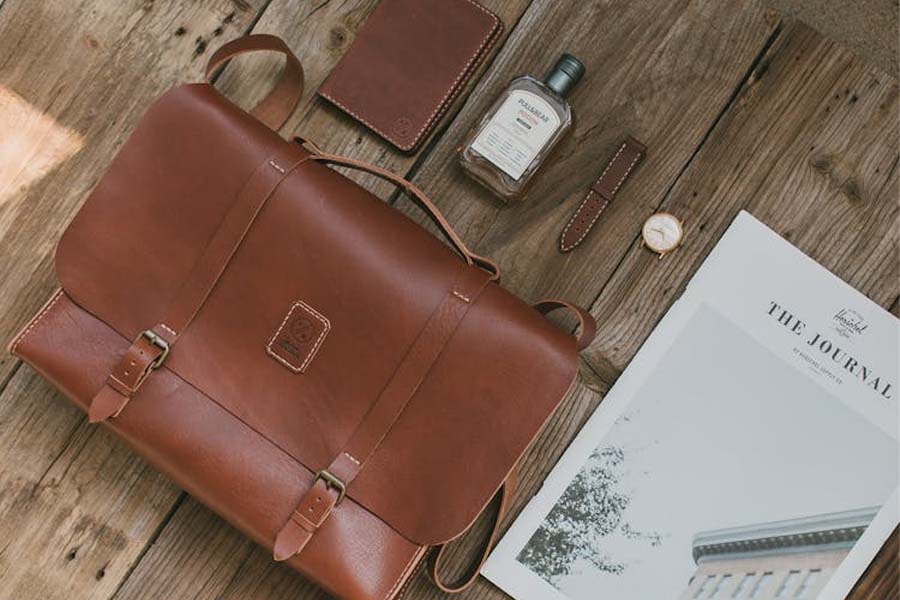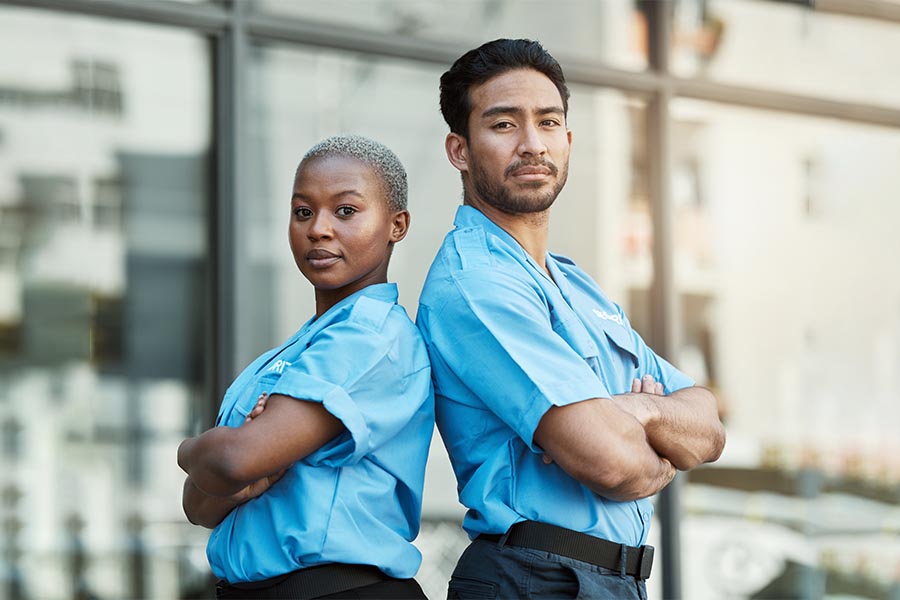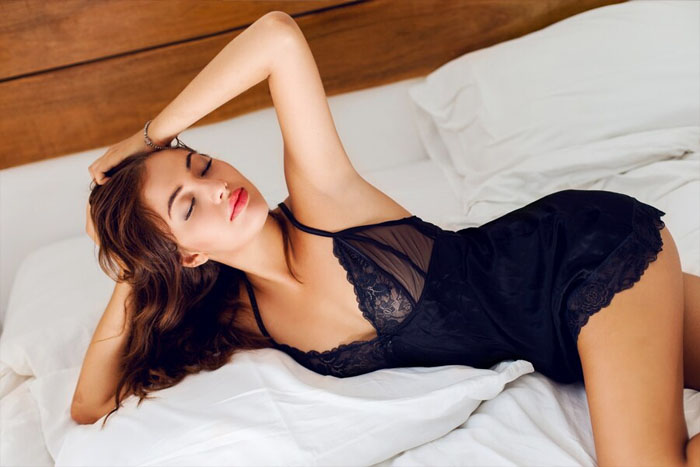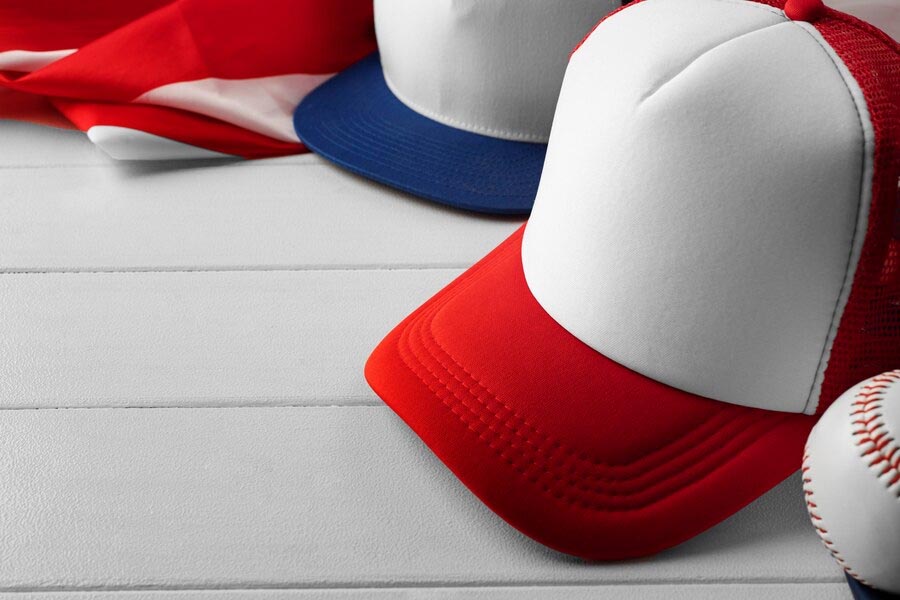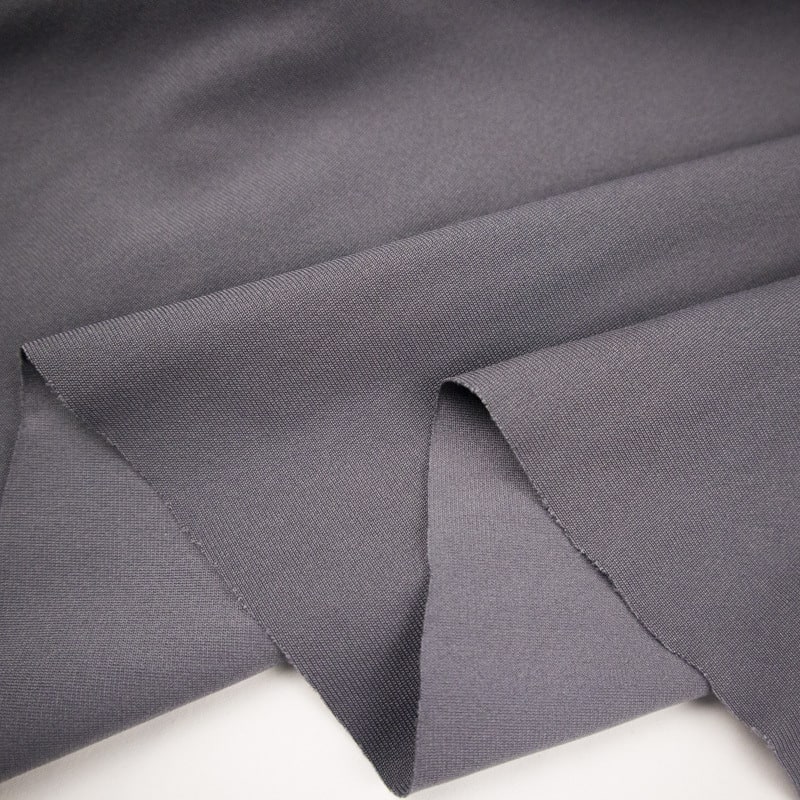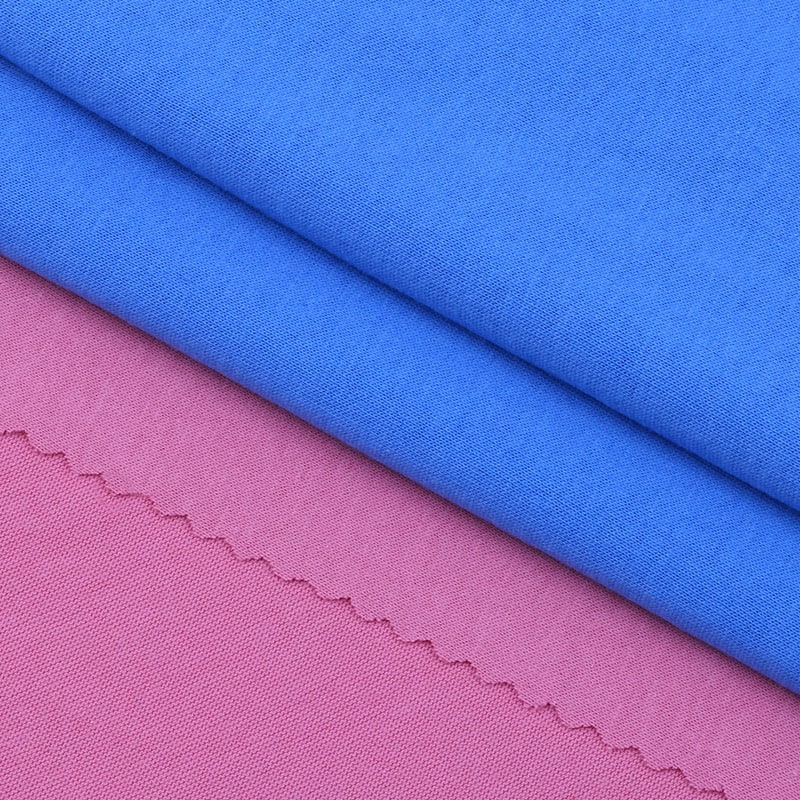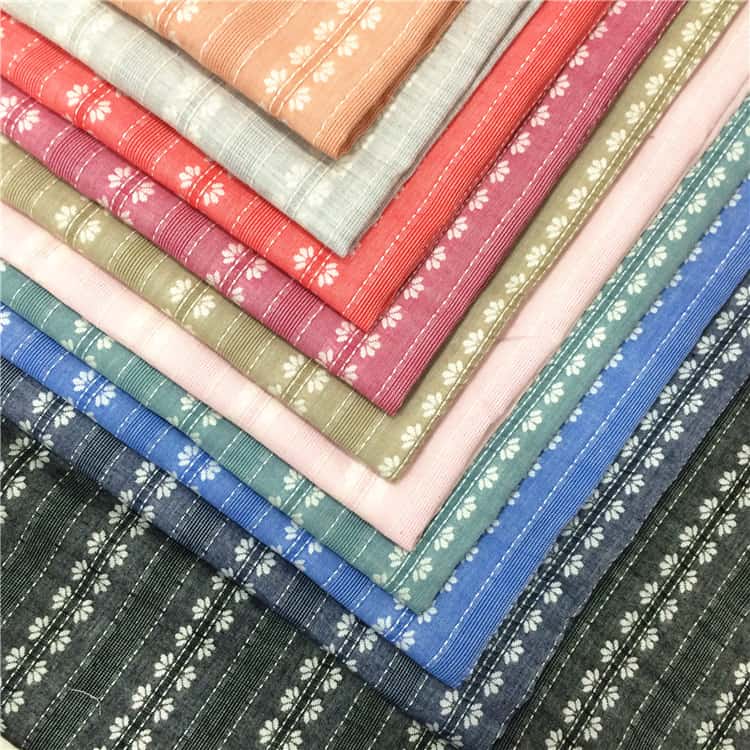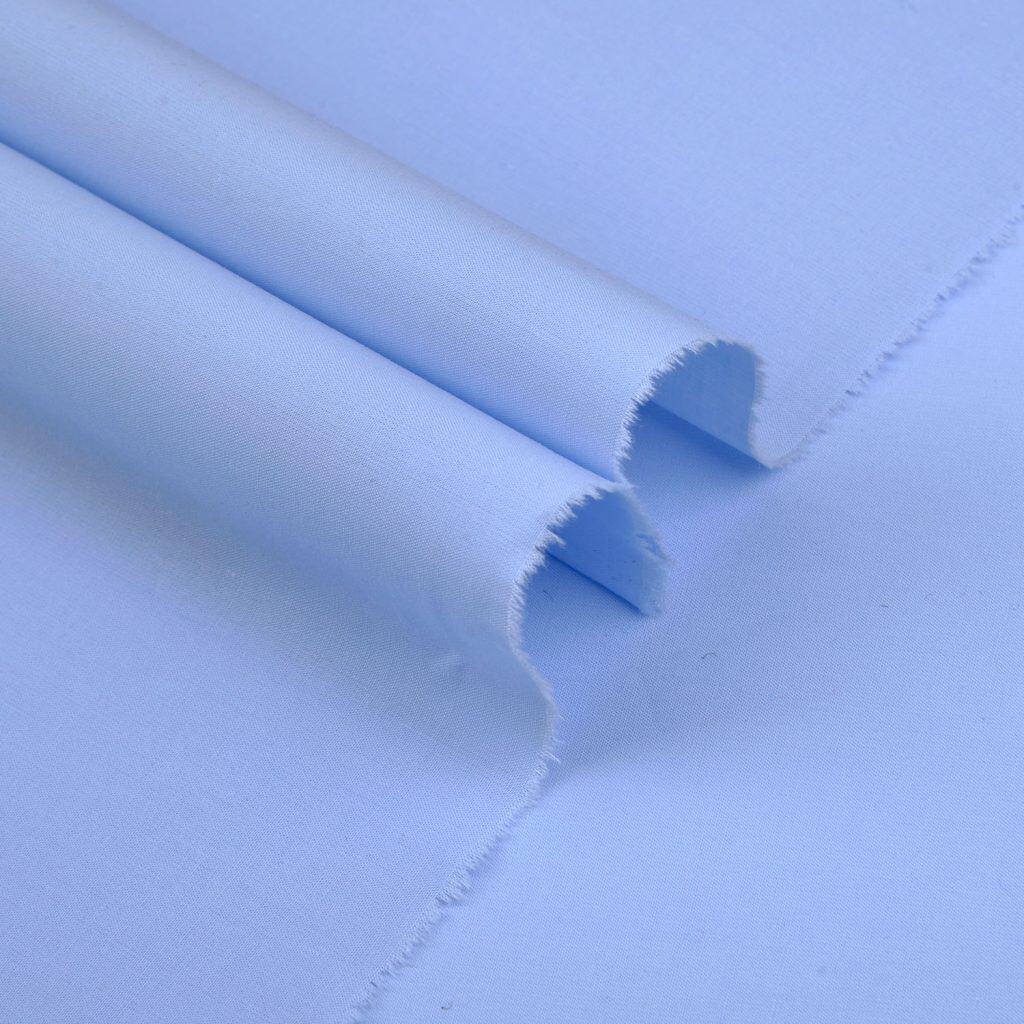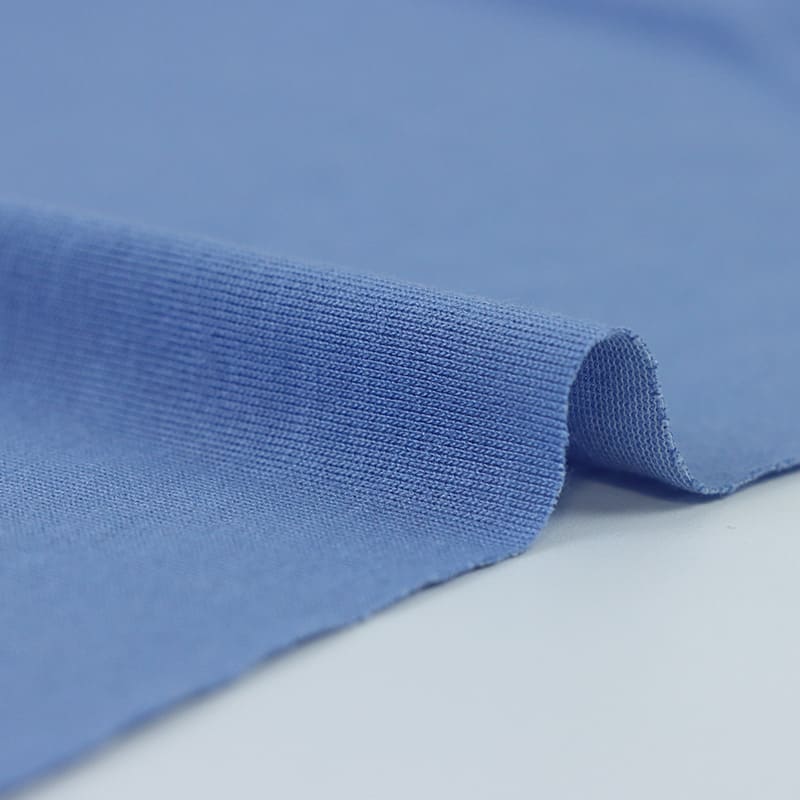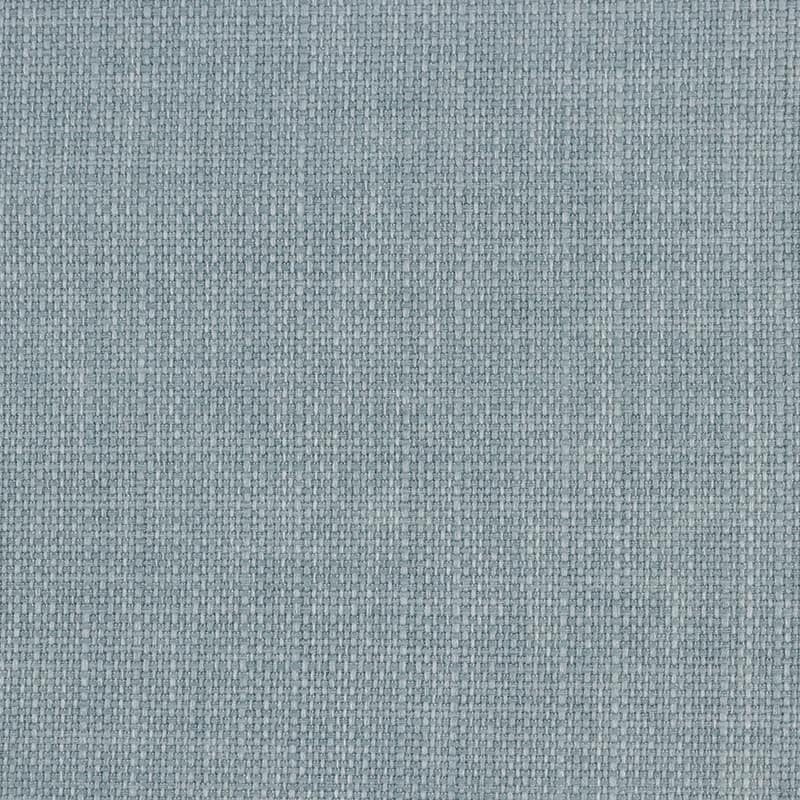Dresses are the perfect way to level up a woman’s look for the day. Women wear them at different events, from casual to formal ones. It is guaranteed that wearing them will make you stand out, which is why almost every clothing brand sells them. So don’t get left behind, and choose the best types of dresses for women that suit your brand’s aesthetic!
For people new to the fashion industry, it’s common to think that there aren’t many kinds of dresses for women available. But when you browse the selection, there’s an overwhelming amount of them.
The good news is that we have compiled an exhaustive list of all types of dresses in this post for you! From dress descriptions to their origins and how to style them, we have it all for you below.
Also, don’t forget to check out Part 2 of our “52 Types of Dresses To Add To Your Brand’s Next Collection (Part 2)” to explore a range of styles of dresses for your next fashion collection.
Different Types of Dresses for Women
Women look for different kinds of dresses to expand their wardrobe. That’s why a brand must have different dresses to offer shoppers. Choose which dresses are best for you by reading their information here:
1. Saree Dress
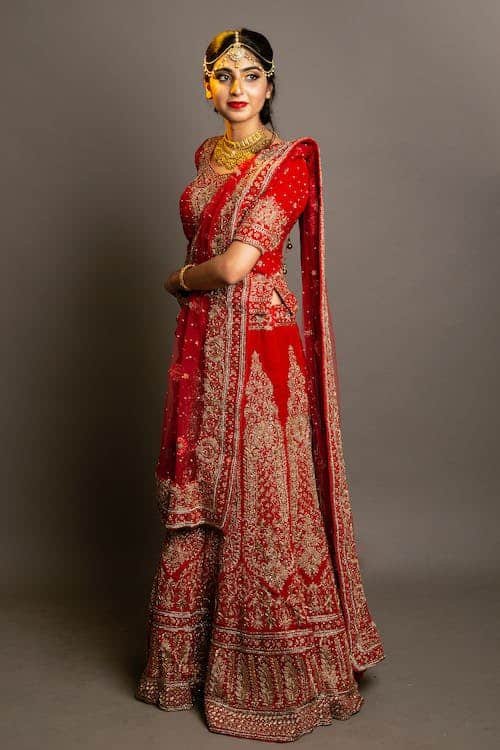 Source: Pexels
Source: Pexels
Saree dress is a traditional clothing that women from India, Pakistan, Nepal, and Sri Lanka wear. This fabric is worn over the waist to the shoulder with an undershirt and a petticoat. There are multiple colors and styles to choose from for sarees. But they are typically made of cotton, silk, or synthetic fabric.
People from Northwest India are known to have invented the saree between 2800 and 1800 BC. They often have intricately woven designs, expanding Southeast Asia’s array of known handicrafts. Today, anyone can wear a saree, and they are much more accessible in the market.
To wear them, you have to find an undershirt and petticoat that complement the saree. Then, wear it by draping it over your right hip and then to your left shoulder. Remember to wear it with flip-flops or strappy sandals after.
2. Cocktail Dress
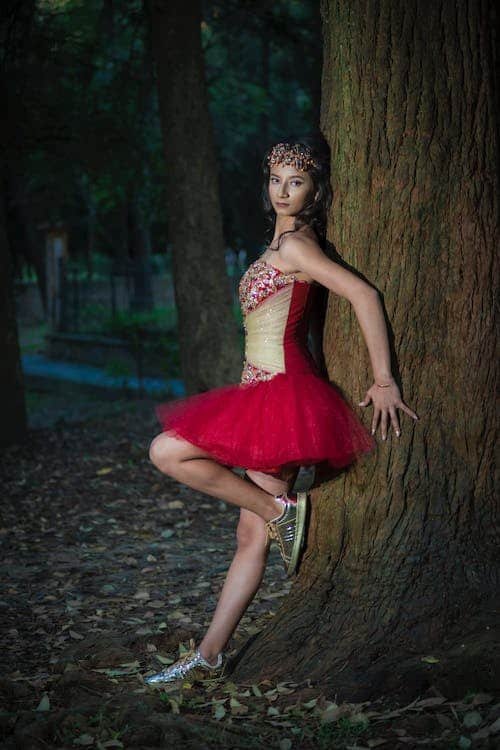
Source: Pexels
Cocktail dresses are more suited for semi-formal events than for everyday wear. They’re embellished with different sequins, rhinestones, or crystals and usually fall above the knee.
The dress got its name from cocktails, a known alcoholic beverage people drink at parties. Christian Dior was the first to give them this name during the 1940s. But even before then, women already wear them at events. During the 1920s, women who accompanied someone else to a party wore a shorter dress, now known as a cocktail one.
Today, cocktail dresses are more than just garments worn to avoid upstaging another woman. They’re worn for different events to make a woman shine. You can wear them with heels. But, if you want to look even more dressed up, you can wear it with gloves of the same color.
3. Balloon Dress

Source: Pexels
Balloon dresses, as their name implies, have puffy skirts with a shape similar to a bell. Their length can vary from above the knee to somewhere near the ankle. Its hem usually bounces when the wearer walks, similar to how a balloon behaves.
Cristobal Balenciaga is to thank for the balloon dress, which he first presented in 1951. Although it didn’t immediately become popular, Christian Dior showed a similar silhouette in 1964. Since then, several known designers have included this type of dress for women in their collections.
Balloon dresses are easy to recognize among other kinds of dresses while still having that classic vibe. Because they’re already scene stealers as they are, they’re best paired with neutral-colored heels and minimal jewelry.
4. Boho Dress
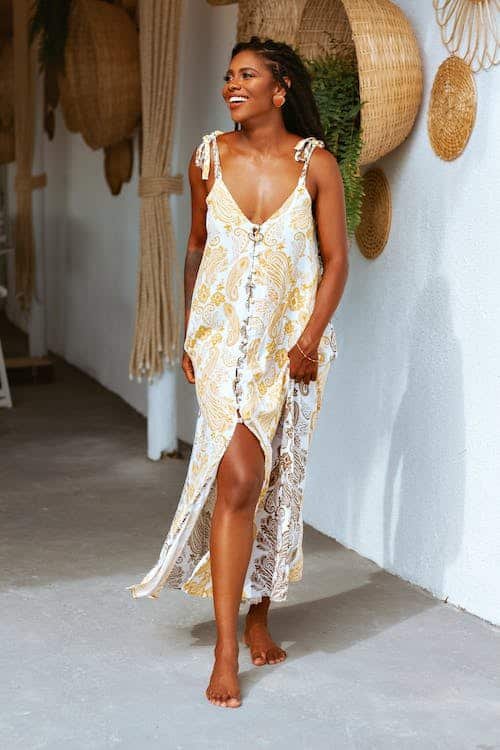
Source: Pexels
Boho dresses fit casual but still-dressy days more than other types of dresses for women. They’re long and flowy, making them comfortable to wear. They’re lightweight too, so they’re a great outfit for summer.
The bohemian clothing trend started at the end of the 18th century in France during the French Revolution. Because of the economic issues, artists had to keep their clothing minimal and began to wear garments. Today, people do not wear boho dresses out of need but for their chic vibes and comfort.
This kind of dress for women is best worn with some strappy sandals. But if you’re in for a more yee-haw look, you can wear them with boots.
5. A-line Dress
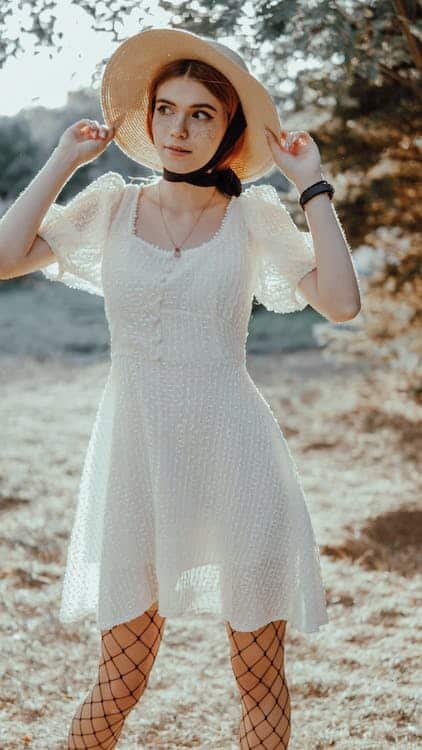 Source: Pexels
Source: Pexels
A-line dresses have fitted bodies and a hemline that form the shape of an A or triangle. This silhouette emphasizes a woman’s waist and hips while still being modest. They can reach above or below the knees.
Christian Dior first used the term “A-line” in his Spring 1955 show. He seemed to take an interest in letters and make them inspirations for his designs, which then gave birth to the A-line dresses. Since then, A-line dresses for women have become a fashion staple commonly seen by most brands today.
A-line dresses are easy to style. You can wear them with a denim jacket if you want to give off an edgy feel. For shoes, you can wear sneakers or heels, depending on where you’re going.
6. Denim Dress

Source: Pexels
People mostly see denim in jeans, but it can be made into dresses too. Because it’s unusual to see them in dresses for women, it quickly catches customers’ attention. They give off a chic and edgy look while still looking feminine, making them the perfect choice for casual events.
Denim has a rich history in the fashion industry. From the 1600s, when the blue-shaded cotton fabric was made, up until now, denim has become a fashion staple. But people only wore it for work before. Then, during the 1940s and 1950s, people wore denim as outerwear and as dresses in the US.
Denim dresses fit the black belt, so wear your favorite black belt for them. You can also wear them with sneakers or some stilettos to dress them up.
7. Miniskirt Dress
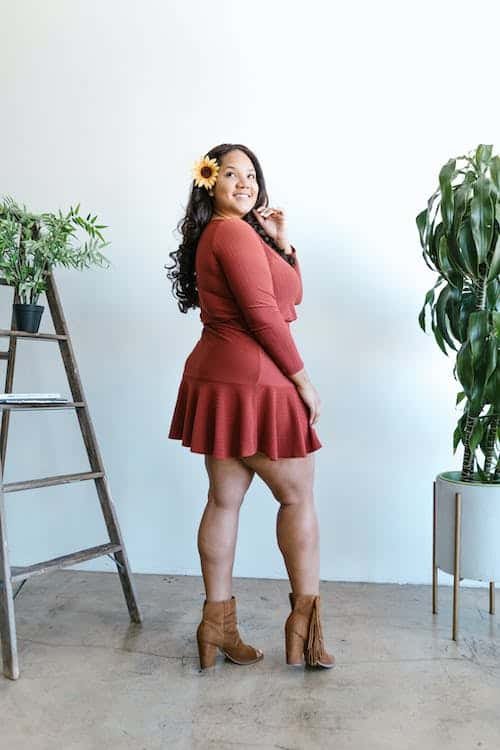
Source: Pexels
If you want to look taller and sexier, miniskirt dresses are for you! They’re a few inches above the knee, giving the illusion of longer legs. There are no guidelines on what the silhouette of its skirts should be. As long as it’s short enough, it should be fine.
Many think that people in the past were more conservative in their clothing than they are now. But this might be wrong. As it turns out, figurines from 5400 to 4700 BC in Europe wore miniskirts, implying that they have long dominated the fashion industry. But it didn’t become as popular as it is today, where most women own one.
Miniskirts look best with boots. Aside from this, wearing them with heels is also a good option; just don’t miss the chance to wear them with fishnet stockings to make the look more fun.
8. Camisole Dress
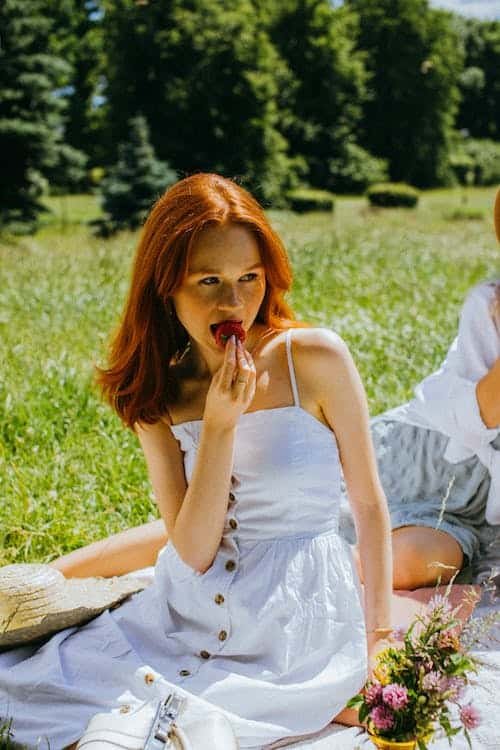
Source: Pexels
Are you going sexy but casual? Then camisole or cami dresses are for you. This kind of dress for women has thin straps, making it excellent to wear during the summer. Camisole tops first rose in popularity during the 1800s as an undergarment.
Then, in the 1990s, camisole dresses were made and started to become a trend that hasn’t left people’s closets until today.
Women usually wear camisole dresses for picnics, so most pair them with sandals. But you can swap the sandals for sneakers for a casual hangout with your friends. Although people typically wear them in the summer, you can layer them for cooler weather. Wear a plain round-neck shirt under it to layer. If it’s still cold, you can wear a coat over it.
9. Coat Dresses
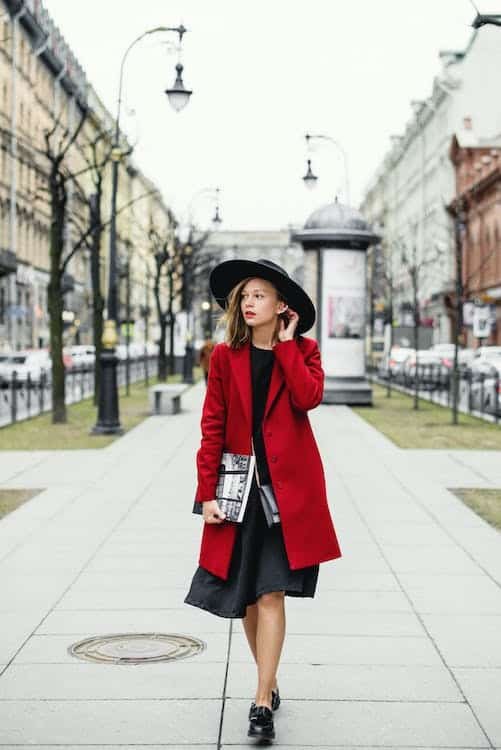 Source: Pexels
Source: Pexels
A coat dress looks just like a coat, except that it’s longer. They’re made of thicker fabrics than other garments and have three-quarter or long sleeves. You can leave its buttons open to show your inner outfit or close them. Anyhow, they exude a level of elegance.
Only men wore coats until the 1800s. During that time, people considered owning coats a status symbol in Europe and Asia. Today, coat dresses for women are the go-to choice of women to keep themselves warm during cold weather while remaining stylish.
When wearing coat dresses, opening or closing their buttons depends on whether you want to show the outfit underneath. You can wear a dress or a simple shirt and jeans, too. But to highlight its elegance, you can wear it with a beret hat and heels.
10. Cocoon Dress
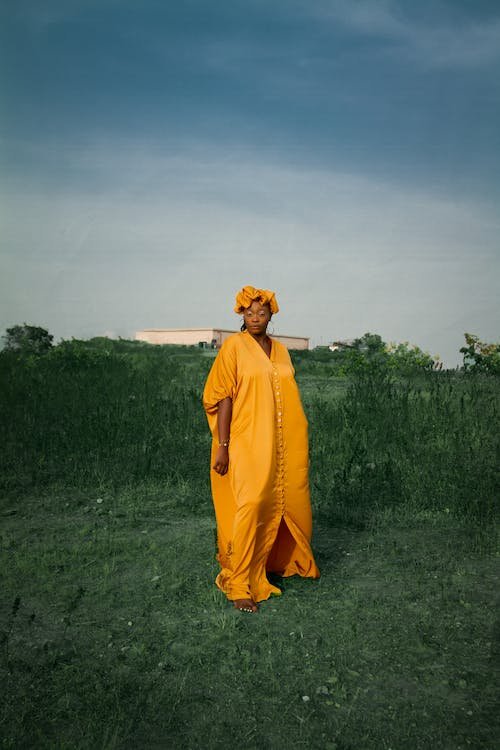 Source: Pexels
Source: Pexels
Cocoon dresses mimic the shape of cocoons. It doesn’t have a fitted waistline and has an oval shape. Paul Poiret is to be praised for this unique silhouette that goes beyond emphasizing the hourglass figure. He made this silhouette for a coat in 1913, revolutionizing fashion by introducing a new silhouette.
There are many ways to style a cocoon dress. But the most important thing is to never disturb its lines by cinching your waist with a belt. It’s best to leave it be and wear it with heels to elongate your legs because the shape can make you look shorter. Then, have fun turning heads with your unique fashion sense.
11. Corset Dress
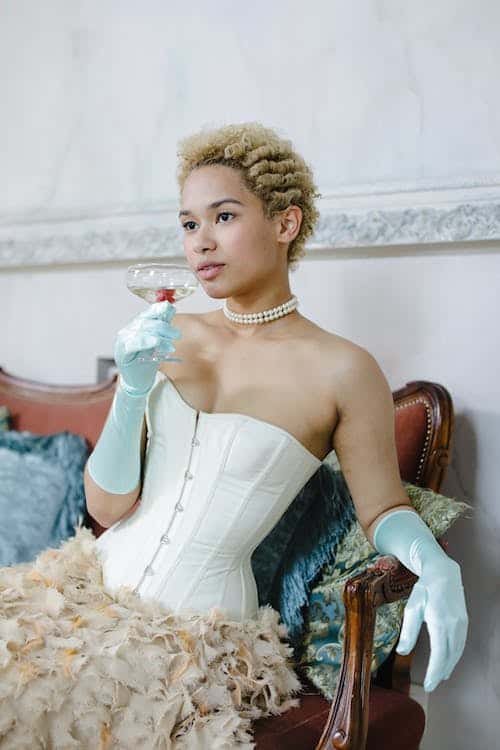 Source: Pexels
Source: Pexels
In contrast with the cocoon dress, corset dresses emphasize a woman’s hourglass figure. This type of dress for women tightens around the torso. People also often use them as a back-support aside from their stylish feel.
Minoans first wore corsets in 1000 BC based on a Minoan snake goddess figurine found by archaeologists. After which, ancient Greece wore a similar garment they called Zone. But the corset we know today originates in Italy and was used as an undergarment. Today, corset dresses are back on the trend, with many women wearing them for casual and formal wear.
Corset dresses display grace unlike any other type of dress for women. You can wear a collared long-sleeve shirt under it to keep it conservative. But you can also wear it as it is and pair it with gloves and stilettos for formal events.
12. Debutante Dress
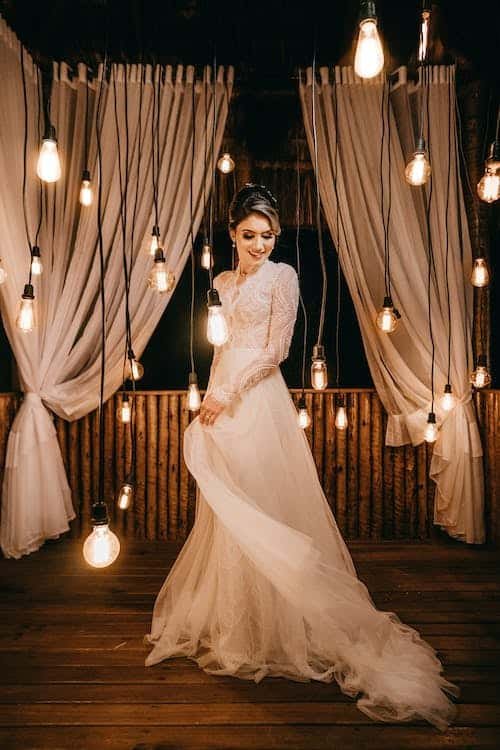 Source: Pexels
Source: Pexels
Women coming of age often wear debutante dresses as they enter into society. It’s usually a long white ball gown paired with gloves. Back then, only daughters of wealthy families wore these kinds of dresses for women. Debuting in society started when Queen Charlotte introduced young and wealthy ladies to her court. At these debuts, there were strict rules about what white dress to wear.
Today, debutante dresses do not follow a strict code anymore aside from it should make the debutant feel special. Traditionally, they can be white. But women can also choose not to follow this color if they want to.
Debutante dresses are long, elegant, and sparkly, so it’s best to accessorize them with the right jewelry. You can wear them with minimal jewelry and long gloves along with heels. What jewelry to wear is up to the wearer too.
13. Dirndl Dress
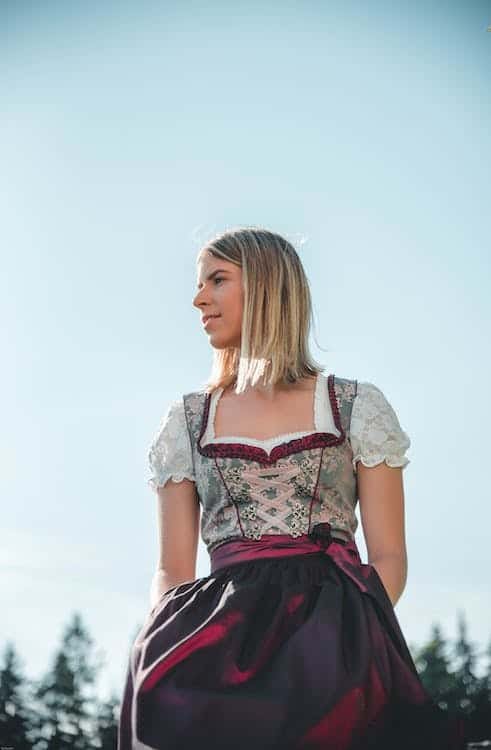 Source: Pexels
Source: Pexels
The dirndl dress may seem unfamiliar to most, but it has graced the television in princess movies a lot. It has a fitted bodice with a blouse inside, a skirt, and an apron tied in it. Their colors and designs vary, but they all look vintage and classy.
But did you know that peasants were the only ones wearing it before? That’s why in princess movies where the female lead is still poor, people typically see these types of dresses for women.
Dirndls were introduced during the 1800s in Germany and designed for peasants. But, after some time, the noble families began using them with silk and satin for fabrics instead of the usual wools. Today, Germans wear them during Oktoberfest, while other women wear them as a costume or fashion style.
Dirndl dresses look best with brown boots. Then, tie your hair in a braid or updo to emphasize the bodice.
14. Empire Waist Dress
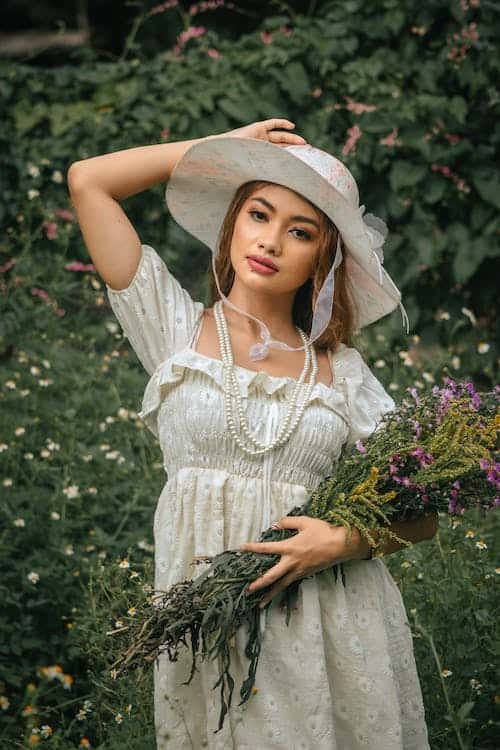 Source: Pexels
Source: Pexels
The empire waist dress is tightened around the chest and flows after the bustline instead of the usual waistline drape. Because of this silhouette, women appear taller when wearing this type of dress. It also captures the grace of women who wear them.
Napoleon Bonaparte introduced the Empire waistline dress during the 1800s. After it became popularized in France, the Empire waist continued to rise to the trends across Europe. The trend then died down when people went back to highlighting the curves of the waist. But today, it is revived back to popularity.
You can pair this dress with sandals for casual hangouts. But, if you’re going to a dinner or a party, you can wear it with a pearl necklace and heels for a sophisticated look.
15. Evening Dress
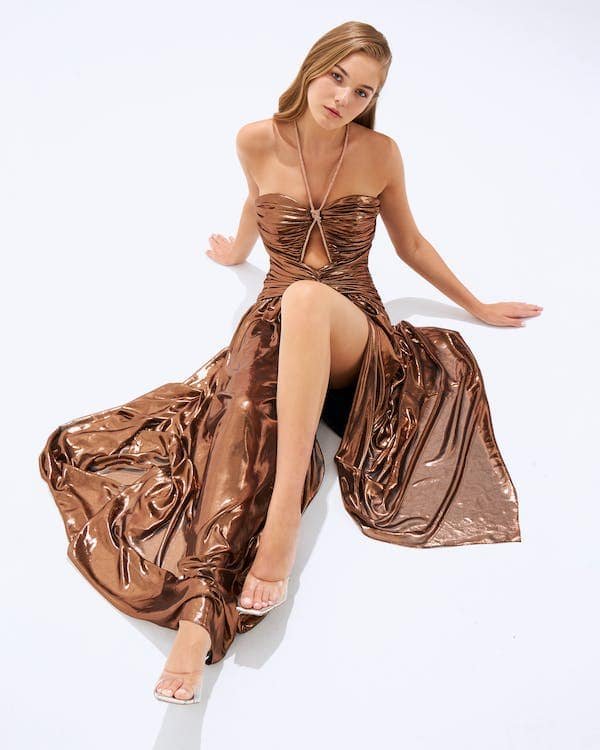 Source: Pexels
Source: Pexels
Evening dresses capture glamour like no other. As their name implies, women wear them during the evening, particularly at parties or dinners. There’s a wide range of designs in these types of dresses for women. But what’s similar among them are their low necklines, tight bodices, and long hemlines.
Women in the royal courts of Europe first wore this type of dress in the 1500s. The dresses’ elaborate and intricate designs back then displayed the rank of the nobles. Today, nobles are not the only ones who wear them. Women at formal events and parties usually wear this type of clothing that exudes glam.
Evening dresses look best with big necklaces because of their low necklines. For shoes, nothing else suits them but heels or stilettos, and you will be bound to turn heads.
16. Apron Dress
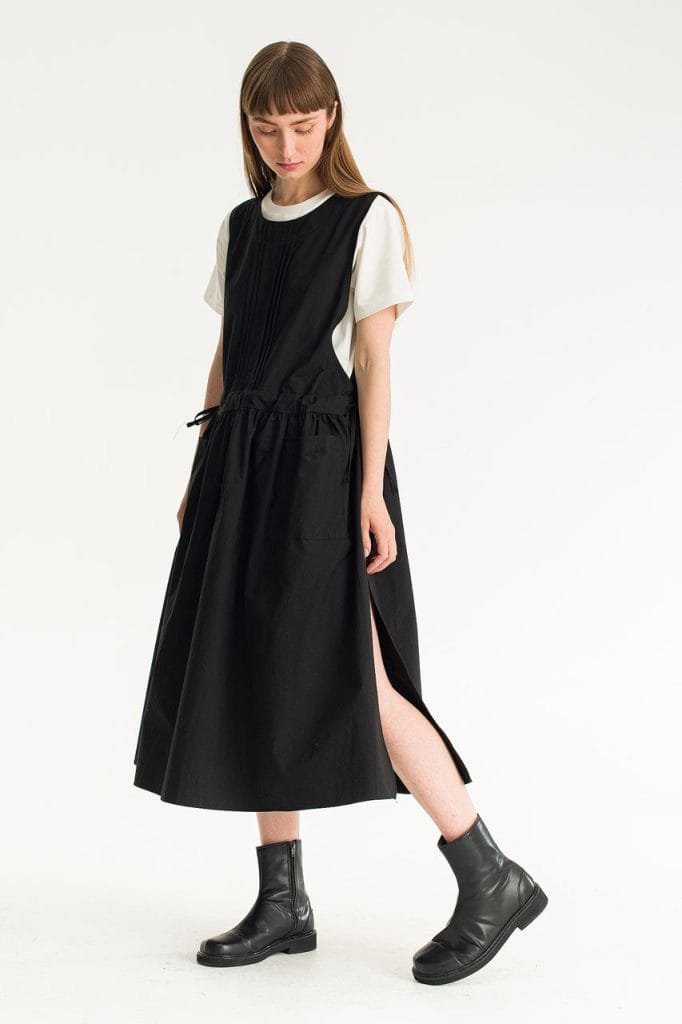
Source: Olive Clothing
If you think aprons are only for the kitchen, think again. As it turns out, designers also use them as silhouettes for dresses. These types of dresses for women look similar to an apron, except they look more stylish with their back closed. Their length usually reaches the thighs or above the knees.
Aprons first appeared during the 1300s, based on the paintings made at the time. People mainly used it for its functionality to protect the clothing they wore while they were working. However, it evolved into a fashion statement when women from wealthy families began decorating them to display their status. Today, aprons don’t show one’s status symbol but are a fashion style.
When wearing apron dresses, you only need to decide if you’ll wear them with an undershirt. It goes well with a plain undershirt and sneakers. But you can also wear it without a shirt for a sexier feel.
17. Asymmetric Dress
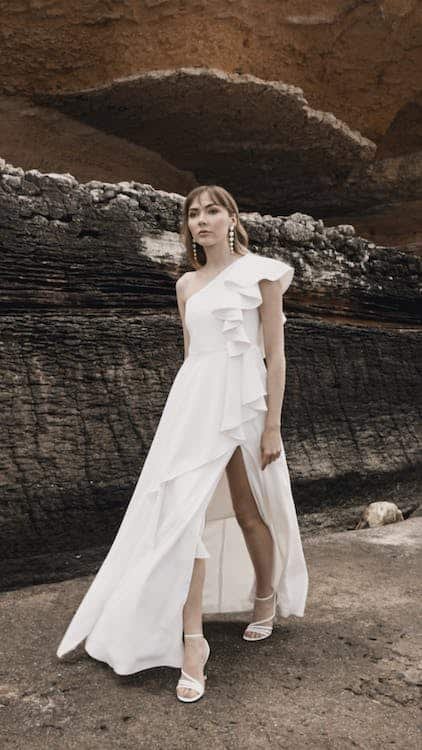 Source: Pexels
Source: Pexels
If you want a playful design that immediately catches the attention of your brand, asymmetric dresses are for you. They usually have a slanted neckline, hemline, or both. As long as one side of the dress doesn’t look the same as the other, it’s an asymmetric dress. Because of their characteristics, they tend to make their wearer look sharper and slimmer.
People were introduced to asymmetrical dresses during the 1970s when Roy Halston, an American designer, presented several dresses with asymmetrical silhouettes. It then started to dominate the trends in the 1980s before cocktail dresses for women rose into popularity again. Today, asymmetrical dresses have made a reappearance as a staple dress silhouette.
If there’s one thing you need to remember when wearing asymmetrical dresses, it’s displaying their asymmetry. Never cover its slanted neckline or hemline and emphasize it instead by showing it off. You can also wear pumps in a complementary color or with a similar playful vibe.
18. Baby Doll Dress
 Source: Pexels
Source: Pexels
Baby doll dresses are usually cinched below the bustline and have loose hems, similar to an Empire waist dress. The only difference is that they’re much shorter, similar to the size of a kid’s clothes. They give the impression of a taller figure because of their length, which elongates the body.
This kind of dress for women first appeared after the introduction of the Empire dress. In 1940, Sylvia Pedlar made nightwear shorter because of a fabric shortage, which started the baby doll dress craze. However, women only wore baby doll dresses for bedtime back then. This changed when Cristobal Balenciaga made them couture, popularizing them as outerwear.
Baby doll dresses can go with heels. But to make it look cuter and more stylish, you can wear it with long socks and a pair of Mary Jane shoes.
19. Ball Gown
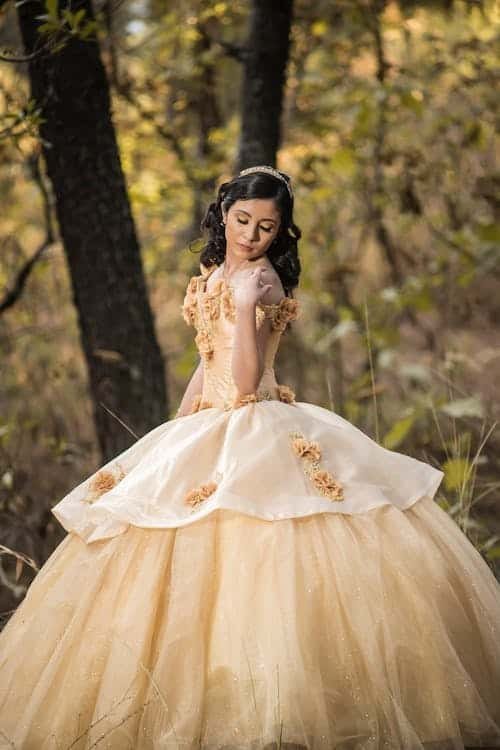
Source: Pexels
Ball gowns got their name from the balls women go to where they wear this kind of dress. They have full skirts that fall up to the ankles. Its bodice is typically tight-fitting to accentuate the waist. The type of fabric used depends on the designer, but ball gowns generally cost more than most dresses.
This elegant dress originated in the 1800s when balls became popular among the middle and upper classes. Because dancing is an essential part of a ball, ball gowns make excellent visuals for dancing because of their many layers. Women today still wear ball gowns for special events like debuts, weddings, and white-tie parties.
When a lady wears a ball gown, it’s crucial to highlight its visual allure with attractive jewelry and even some gloves. If you want to stay true to how ball gowns looked back then, you can also wear them with a cloak.
20. Bandage Dress
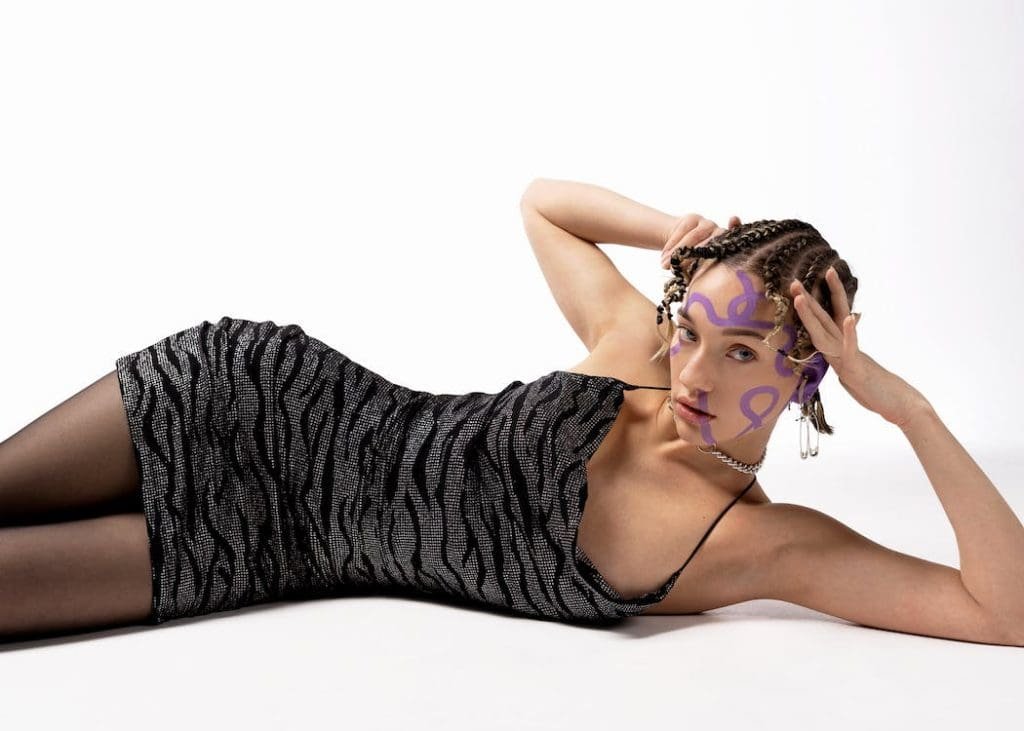 Source: Pexels
Source: Pexels
No other type of dress highlights a woman’s figure more than bandage dresses. This dress tightly wraps around the body, accentuating a woman’s curves like shapewear. Most bandage dresses use rayon, spandex, or nylon fabrics.
Herve Leger invented the bandage dress, also called the bandage dress, at his 1989 fashion show. But even before he presented such dresses, the bandage dress we love today had already appeared on television with icons like Marilyn Monroe wearing them. Until today, women continue to love the bandage dress that became a fashion staple.
Bandage dresses display a woman’s figure, so you can leave them be and wear them with pumps. But if you’re in for some layering, you can wear a blazer with it. Then, wear your favorite pumps with stockings, and you’ll be the apple of everyone’s eye.
21. Bardot Dress
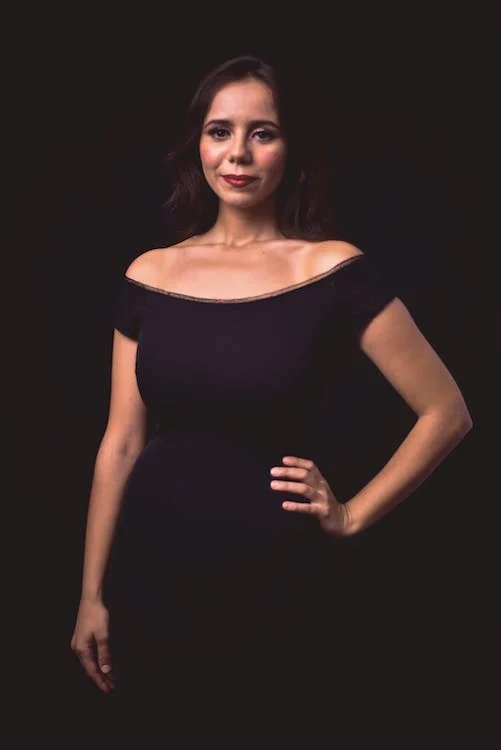 Source: Pexels
Source: Pexels
Bardot dress, also known as the off-shoulder dress, displays the neckline and the collarbones as it falls off the shoulder. Its neckline is usually composed of elastic, so it gracefully falls off the shoulders.
The Bardot neckline derived its name from Brigitte Bardot, who popularized the garment when she attended the 1953 Cannes Film Festival. But it wasn’t the star who invented the style. Bardot dresses have already appeared during the Regency and Victorian eras.
Bardot dresses suit big, sparkly necklaces the most because the bare collarbones make diamonds and pearls the spotlight. Then, wear heels with them for a classic look.
22. Blazer Dress
 Source: Pexels
Source: Pexels
Many think that blazers can only be worn as tops for formal occasions. But, they can be dresses too! The blazer is a jacket with a collar, buttons, and long sleeves. Blazer dresses reach up to the thighs or above the knees. They’re excellent for formal events or to wear to the office.
Only men wore blazers before they became a part of women’s clothing in the 1960s. As designers tried new cuts and styles for them, they introduced blazer dresses for women. Up until today, women wear these mainly as fashionable workplace attire.
There’s a variety of ways to wear a blazer dress. You can wear a fitted top and miniskirt inside, then open the blazer dress. Or, you can also close the blazer dress’ buttons and put on a black belt to emphasize your waist. Then, wear a flowy or puffy skirt under it.
23. Maxi Dress

Source: Pexels
Maxi dresses have a big, flowy skirt that touches the floor. They’re an excellent choice for summer because they’re comfortable and lightweight. They’re usually composed of cotton and polyester, which increases their breathability.
This type of dress for women has long existed in the fashion industry. But Oscar de la Renta is the one who popularised them in his 1968 fashion show. Since then, women of different shapes and colors have loved maxi dresses.
You don’t need to style maxi dresses that much. You can wear them as they are with sandals and you will still look fashionable.
24. Mermaid Dress
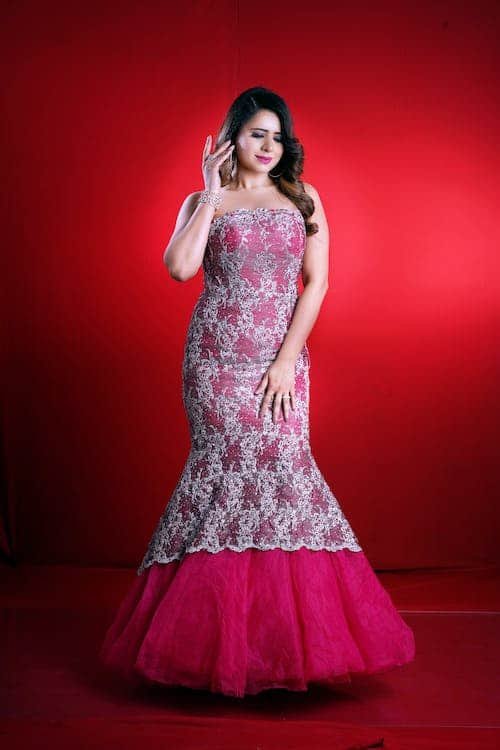 Source: Pexels
Source: Pexels
Mermaid dresses have a skirt shaped like a mermaid’s tail. It’s tightly fitted from the bodice to the hips, then flares like a fishtail. This dress accentuates the curves while still maintaining a playful feel.
Designers made the mermaid dress after puffed flank suits became popular in the 1880s. Puffed flanks have the shape of a fishtail, pioneering the mermaid dress’ silhouette. Mermaid dresses continue to be popular at events today. Wearing them with minimal jewelry and nude heels is best so you don’t take away from the dress’ dramatic look.
25. Midi Dress
 Source: Pexels
Source: Pexels
Midi dresses have different variations and styles. But to spot them, you just have to look at the dress’ length. If it ends in the middle of the calf, then it’s a midi dress. There’s no other distinction about what they are aside from this.
Before, all types of dresses for women touched the floor. But in 1910, hemlines got shorter, and Coco Chanel started releasing dresses that only reached above the knee. Then Christian Dior introduced mini dresses to women in his 1947 collection. Today, midi dresses are much more common in a woman’s wardrobe than floor-length dresses.
Wear this dress with your favorite ankle boots or sneakers for a casual day. Wear them with pumps for more special events like dinner dates or parties.
Conclusion
Dresses for women offer a distinct elegance that other types of clothing cannot replicate, giving women who wear them confidence. They’re also easy to style because you can wear them as they are and still look dressy. That’s why it’s only understandable for dresses to have $101 billion in revenue in 2023, and it will continue to grow.
So for a brand catering to women, having different types of dresses for women is the perfect choice to include in a collection.
There are many choices for how you can customize them, plus they won’t go out of style anytime soon. Create your brand’s signature dresses now and see your clothing brand swarm with shoppers.
Check out Part 2 of our “52 Types of Dresses To Add To Your Brand’s Next Collection (Part 2)” to explore a range of styles of dresses for your next fashion collection.






